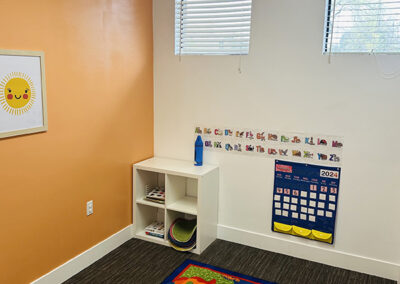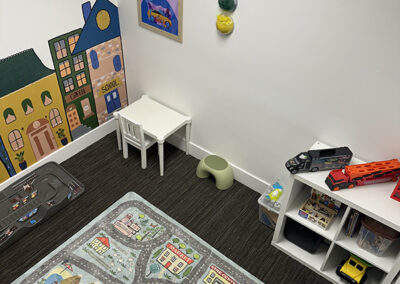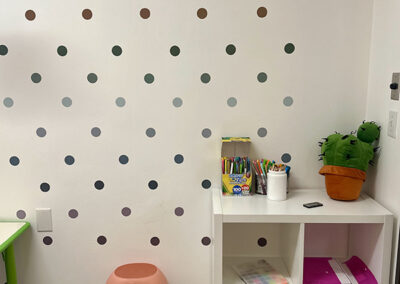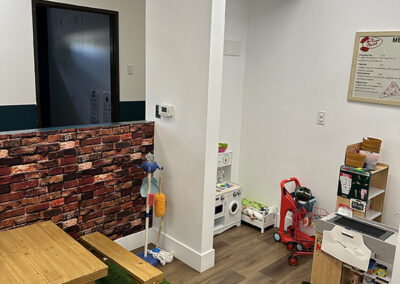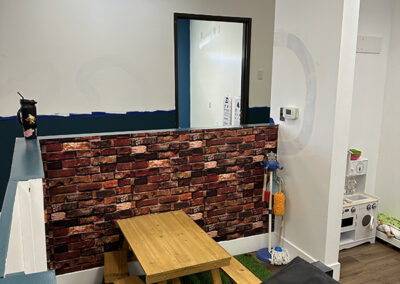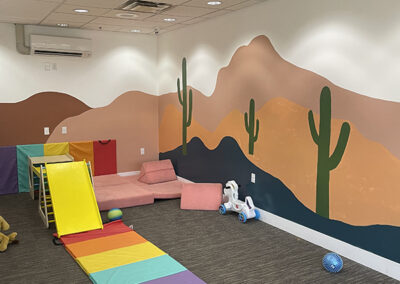Debunking Myths about Applied Behavior Analysis (ABA)
Myth: ABA therapy is only for individuals diagnosed with autism spectrum disorder
Fact: ABA is a science comprised of principles used to modify ALL behavior. There is a significant amount of research that demonstrates its effectiveness not only with human behavior but also the behavior of mammals. While it is true that most funding sources require an ASD diagnosis to cover ABA therapy, the field is working to change that…slowly.
Myth: ABA therapy bribes children
Fact: Reinforcement is one of the 3 principles of the science of ABA. Reinforcement is a term that means to increase behavior. Often it can come in the form of a preferred item/activity or a “reward”. It always comes AFTER an appropriate behavior. At DEPS, we take a naturalistic approach to treatment and follow the child’s lead. This will allow for whatever the child is naturally motivated by to act as the “reward” for the desired behavior. This encourages motivation to establish with natural items/activities that are available daily in your child’s life.
Myth: ABA therapy encourages punishment of children
Fact: The foundation of ABA is to increase socially appropriate or desired behavior. At DEPS, we take a child lead approach and discuss the family’s values at the outset of therapy. All our clinicians focus on a family-centered approach to make the therapy as functional and sustainable for the child and their family.
Myth: ABA therapy is only for children that have behavior “issues”
Fact: ABA therapy targets a variety of skills that are meaningful in a child’s life. This can include communication, self-care skills, play and leisure skills, social interaction, and executive functioning. Challenging behaviors can also be addressed to reduce barriers a child might be experiencing prohibiting them from acquiring new skills. Teaching new skills will always be a large part of any ABA program.
Myth: ABA turns children into robots
Fact: The purpose of ABA is to help individuals understand the fluid context of their environment. Ultimately, we aim to build their repertoire to confidently interact in any environment. Some memorization is necessary to support recall of skills pertinent to a specific setting. With our naturalistic approach, generalization is built into every session and interaction. We can vary tasks and the manner and response we are prompting to ensure varied speech.
Myth: ABA tries to make individuals fit the “neurotypical standard” and takes away their individuality. Or teaches them to “mask” their autism
Fact: ABA should increase self-advocacy skills, coping skills, or any other skills that help make individuals successful in the context of their environment. “Successful in the context of their environment” can be different for everyone. At DEPS, we make a point to discuss the values of the patient and their family at the outset of services. The individualized treatment plan will be created around those values and goals discussed with the family. We also focus on assent-based treatment. Everyone is trained to recognize behaviors of assent with each opportunity provided during the session and the withdrawal of assent. Assent and the withdrawal of assent look different for each patient we serve.
Myth: ABA therapy is not only work at a table
Fact: It is true that a specific teaching method that involves sitting at the table and uses arbitrary reinforcement can work well for some individuals with specific goals. At DEPS, our child lead, play based approach looks very different. The child can choose their room, what they play with and can move freely throughout the clinic. Reinforcement is natural, therefore, whatever they choose to play with or activity they engage in, is reinforcing itself. We use methods that are based on developmental milestones and can tailor each interaction and learning opportunity with that in mind.

